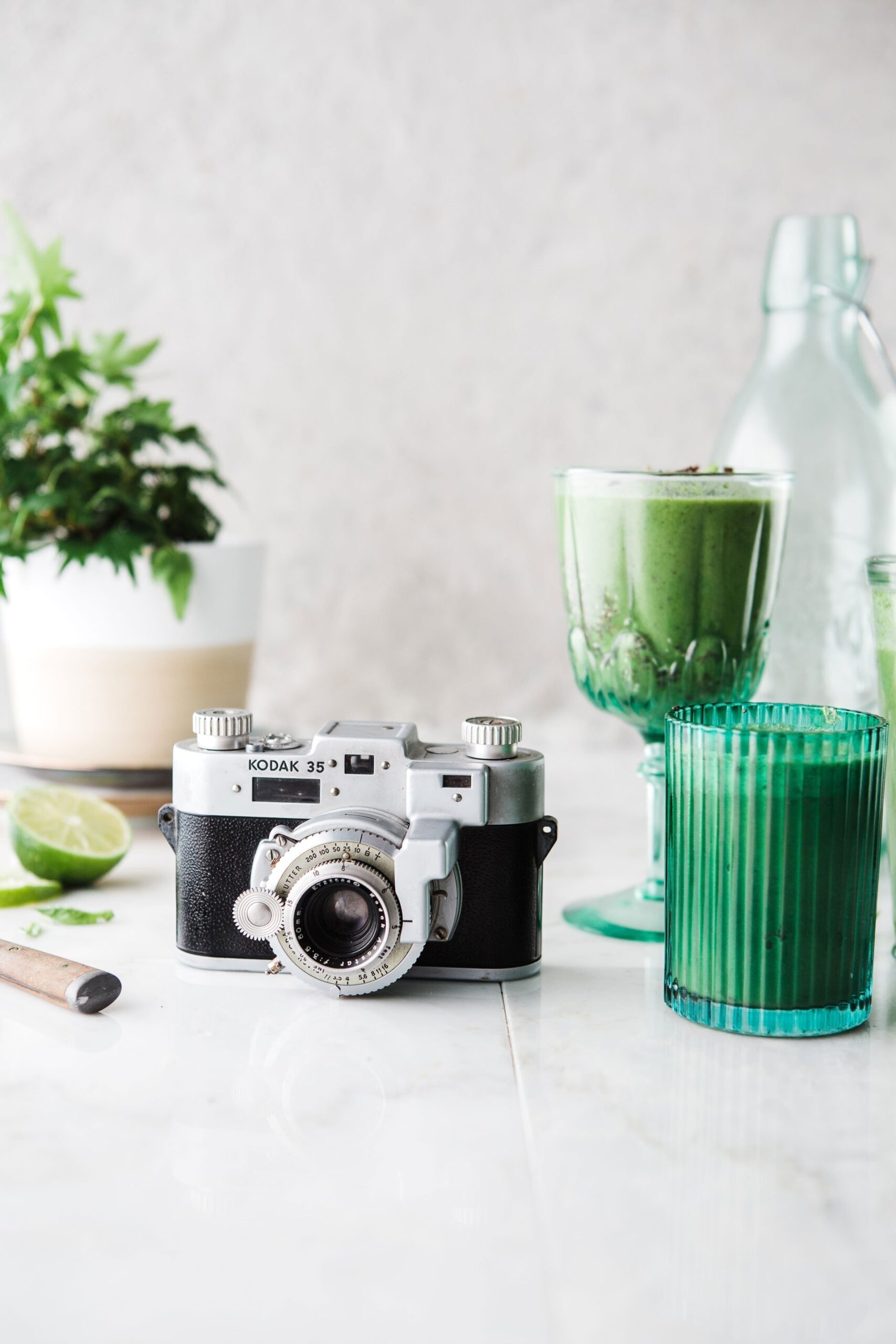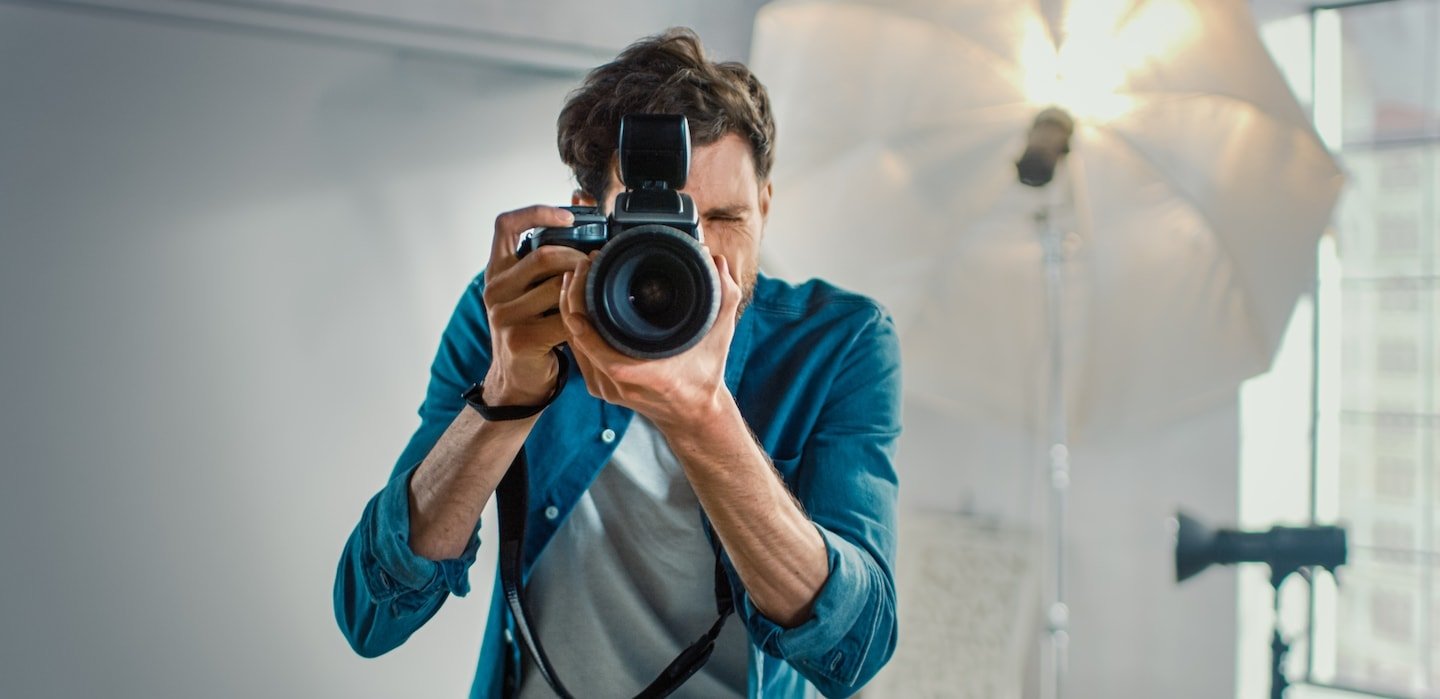Must-have lens features for real estate photography
Different lenses have different capabilities. For real estate photography, there are two key characteristics you want to watch out for when shopping for lenses: wide-angle and 35mm.
- Wide-angle lens: A wide-angle lens captures a home’s exterior in crisp detail. This can increase its virtual “curb appeal” and make it stand out in listings. A wide-angle lens is also a must-have for capturing an entire room.
- 35mm lens: There’s a reason why almost every professional photographer has a 35mm lens. This is one of the most versatile lenses on the market. With a focal length similar to the human eye, 35mm lenses excel at capturing a realistic view of any space. And with a wide aperture, yours can help you capture interior details in less-than-ideal lighting.





